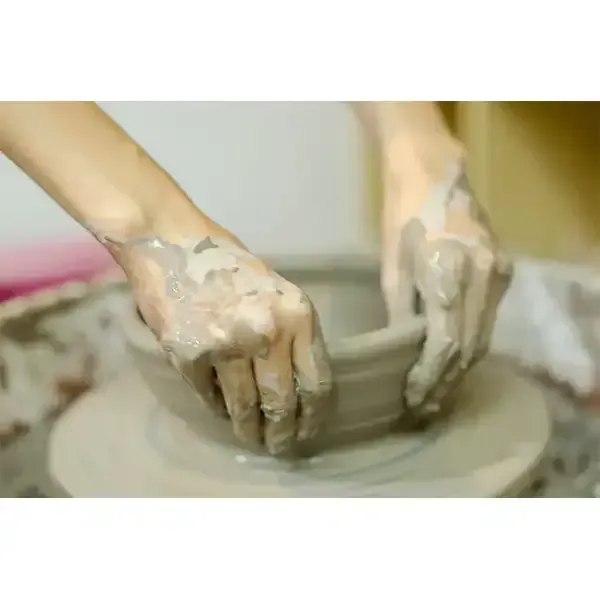Understanding Ceramic Tile Adhesives A Comprehensive Guide
Ceramic tiles have become a popular choice for flooring and wall applications due to their durability, aesthetic appeal, and ease of maintenance. However, one of the critical factors that determine the longevity and performance of ceramic tile installations is the adhesive used to bond the tiles. This article explores the various aspects of ceramic tile adhesives, including their types, properties, applications, and selection criteria.
Types of Ceramic Tile Adhesives
Ceramic tile adhesives can be broadly classified into two categories thin-set mortars and thick-bed mortars.
1. Thin-Set Mortars These adhesives are widely used for tile installations on walls and floors. Thin-set mortars have a consistency similar to peanut butter and are designed to be applied in a thin layer (typically 3/16 inches or less). They are easy to handle and provide a strong bond for ceramic tiles. Thin-set mortars come in two forms dry mix and premixed. Dry mix thin-set mortars require the addition of water before application, while premixed versions are ready to use straight from the container.
2. Thick-Bed Mortars Also known as mud beds, thick-bed mortars are used for installations that require a thicker layer of adhesive, typically more than 3/16 inches. This type of mortar is often used for installing tiles on uneven substrates or when additional height is needed. Thick-bed mortars provide excellent support and help absorb stresses from movement or settling.
Properties of Ceramic Tile Adhesives
The performance of ceramic tile adhesives is influenced by several key properties
- Adhesion Strength This property measures the adhesive's ability to bond the tiles to the substrate. High adhesion strength is essential for preventing tile slippage or detachment over time.
- Open Time This refers to the time span during which the adhesive remains workable after application. Adequate open time allows for adjustments during tile placement.
- Curing Time Curing time is the period required for the adhesive to achieve its full bonding strength. Different formulations may have varying curing times.
ceramic tile adhesive

- Flexibility Some tile installations may experience movement due to temperature changes, settling, or heavy foot traffic
. Flexible adhesives can accommodate minor movements without cracking or breaking the bond.- Water Resistance For areas prone to moisture, such as bathrooms and kitchens, water-resistant adhesives are vital to prevent mold and mildew growth.
Applications of Ceramic Tile Adhesives
Ceramic tile adhesives can be used in a wide range of applications. They are suitable for both interior and exterior settings, including
- Walls and Floors From residential bathrooms to commercial kitchen spaces, ceramic tile adhesives can support various tile types, including porcelain, glass, and ceramic tiles.
- Wet Areas For spaces exposed to water, such as swimming pools or showers, specialized water-resistant adhesives are utilized to enhance durability.
- Heated Floors In radiant heating systems, specific adhesives are designed to withstand the heat and ensure a strong bond with the tile.
Selecting the Right Adhesive
Choosing the right ceramic tile adhesive involves considering several factors
- Tile Type Ensure the adhesive is compatible with the tile material you are using. - Substrate The surface on which the tiles will be applied must be considered, as different substrates may require specific adhesives. - Environmental Conditions For outdoor installations, select adhesives that can withstand temperature fluctuations and moisture exposure. - Tile Size and Format Larger tiles may necessitate a more robust adhesive to support their weight.
In conclusion, ceramic tile adhesives are crucial for successful tile installations. By understanding the types, properties, and suitable applications of these adhesives, homeowners and professionals can make informed choices that ensure durable and aesthetically pleasing tile work. When selecting an adhesive, careful consideration of the specific requirements of the project will lead to optimal results.






